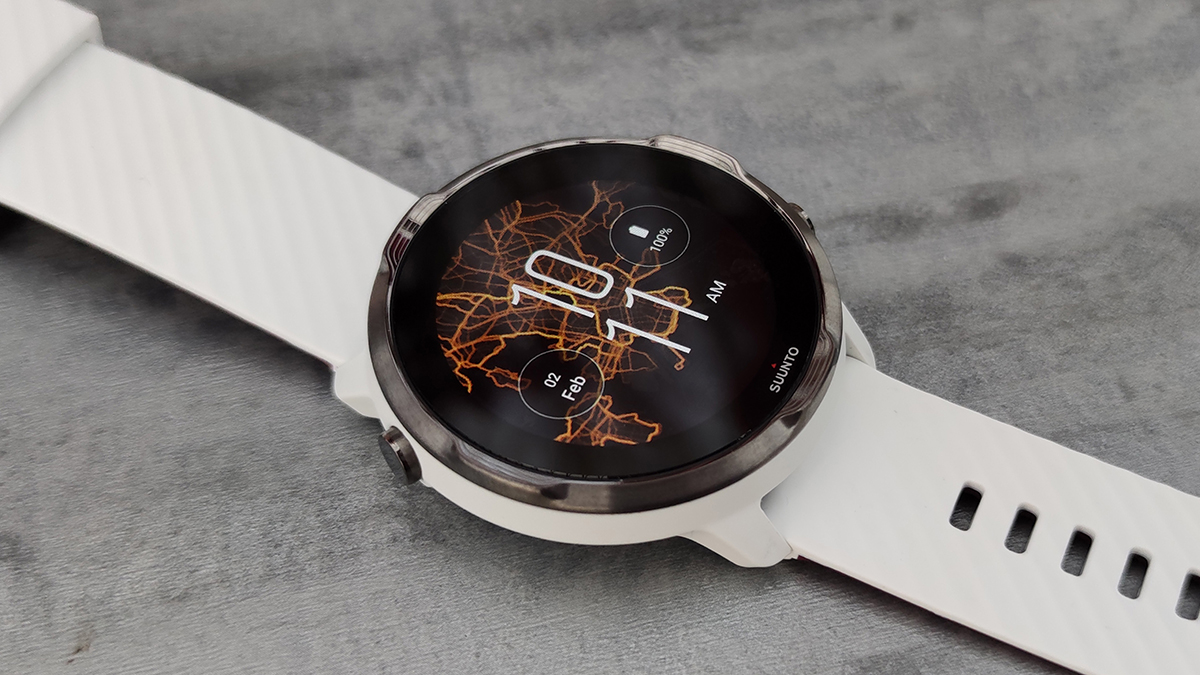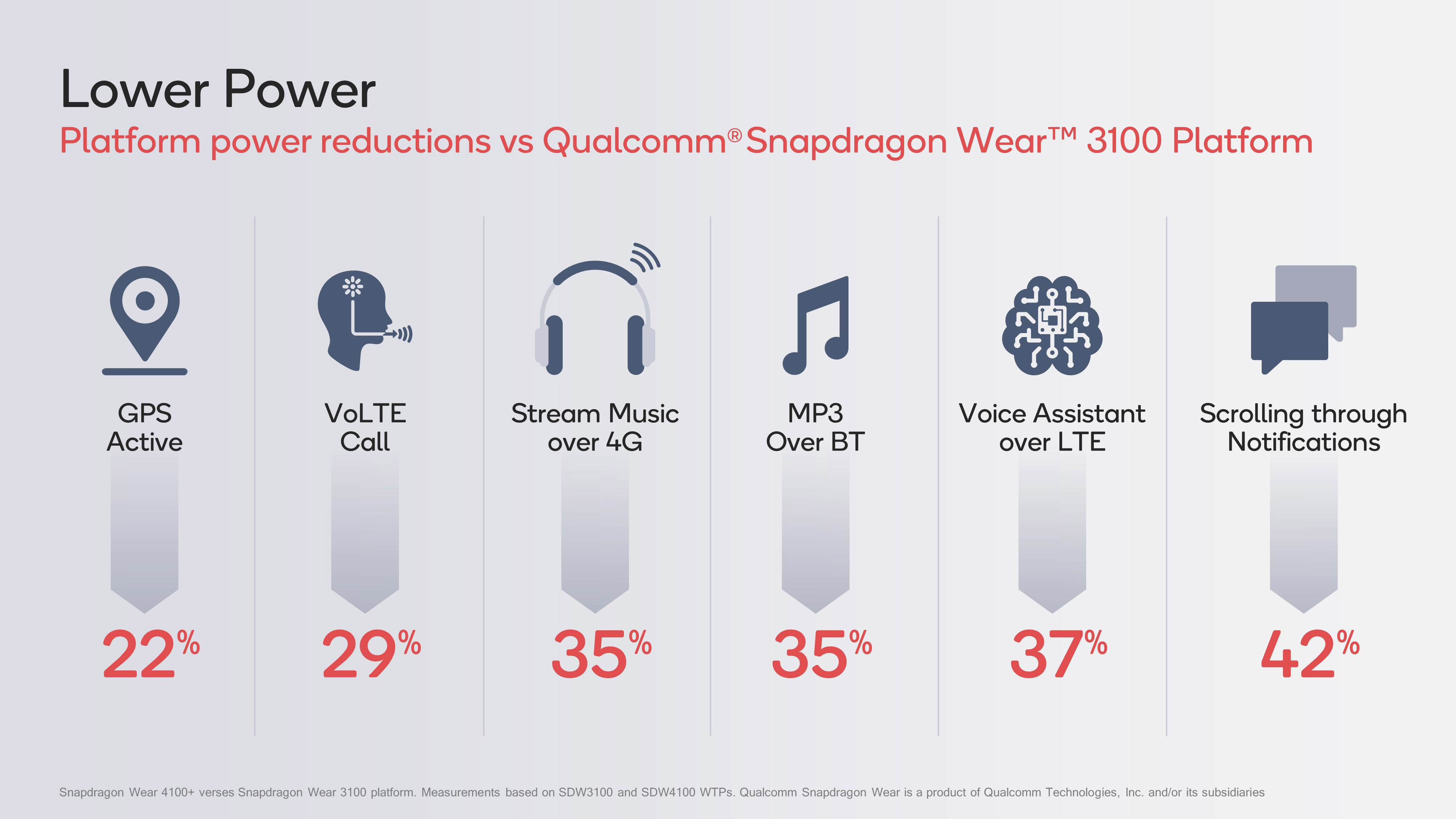Your new smartwatch may pack a camera for video calls and a battery that actually lasts
Thanks to Qualcomm's new Wear 4100 chipset series

Smartwatches can be great pieces of tech, but it's hard to say many have lived up to the promise of being 'wrist-mounted smartphones'. That may be about to change, as smartwatches in the very near future might work a lot more like our phones.
This comes as Qualcomm, one of the most prolific SoC (system-on-chip) manufacturers, reveals its newest smartwatch chipsets - the Snapdragon Wear 4100 and Wear 4100 Plus.
- These are the best smartwatches
- Check out our Moto 360 review
- The Apple Watch 6 is coming soon
Two new smartwatches are already confirmed to use the Wear 4100 chip - the BBK Z6 Ultra, a kids-oriented watch that doesn't seem likely to come the the US, UK or Australia, and a new version of the Mobvoi TicWatch Pro, which will likely be available in many regions.
The obvious improvements with the new chipsets will be that smartwatches should be quicker to navigate and load apps (vs those using their predecessor, the Wear 3100), with multiple apps running more reliably at once.
There's more beyond the expected performance upgrades however, with three key ways the Wear 4100 series is set to move ahead of its predecessor.
Improved ambient mode
The Snapdragon Wear 4100 Plus brings a whole host of improvements to 'ambient mode' - this mode is engaged when you're not physically looking at, or using, your smartwatch. These particular improvements are exclusive to the 4100 Plus chip
For the always-on display, smartwatches using the Wear 4100 Plus chip can display up to 64,000 colors (16-bit), which will allow watch faces to look far more dynamic, as well as diverse, and it should allow developers to create many great-looking, always-on options.
Get daily insight, inspiration and deals in your inbox
Sign up for breaking news, reviews, opinion, top tech deals, and more.
Fitness tracking will also be improved when in ambient mode, with the data collected being more accurate and watches being better at identifying your gestures. Sleep tracking, heart rate monitoring, and GPS accuracy will all be improved, which means workout and health results should better represent everything you did.
Longer-lasting battery life

Many Wear 2100 and Wear 3100 smartwatches run Wear OS, and devices running Google's wearable operating system are known to have limited battery lives. The good news is it seems the Wear 4100 series may change that.
According to Qualcomm, the Wear 4100 chips bring improvements and optimizations that can boost smartwatch battery life by at least 25% versus Wear 3100-toting wearables.
Take this with a pinch of salt though, as we'll have to wait for our real-world reviews to find out just how well battery life performs on wearables using the new chips.
While it's not clear exactly how much extra life 25% gets you, looking at previous smartwatches it could equate to around an additional half a day of use.
It's also not clear if battery life improvement takes into account the advances made to ambient mode and the always-on display on the 4100 Plus chip, as engaging the latter on current smartwatches does see the battery take a hit.
A wider array of communication options
Qualcomm has upgraded the communication tools as well, with the Snapdragon Wear 4100 and 4100 Plus supporting Bluetooth 5.0, boasting improved GPS (including low-power GPS tracking) and coming with boosted 4G connectivity (but not 5G), plus there's even support for a 16MP camera (over 8MP support on the Wear 3100).
Various use cases Qualcomm posits are possible with such watches include live video calls from the watch, streaming music straight to the device while you're out and about, and the use of live maps while you're travelling on the watch, not your phone.
These are all functions you typically use your smartphone for, so it seems Qualcomm pictures a future where you can leave your phone at home and rely on your smartwatch for everything you need.
In particular, Qualcomm discussed the use of cameras in smartwatches as a new way to communicate. Some such wearables have built-in cameras now, but it's certainly not widespread, and until people are ready to ditch their smartphones and rely solely on their smartwatches it seems unlikely people will have a need for such wrist-mounted snappers.
Still, this shows the Snapdragon Wear 4100 is future-proof so smartwatches released in the next year or so will be able to innovate.

Tom Bedford joined TechRadar in early 2019 as a staff writer, and left the team as deputy phones editor in late 2022 to work for entertainment site (and TR sister-site) What To Watch. He continues to contribute on a freelance basis for several sections including phones, audio and fitness.